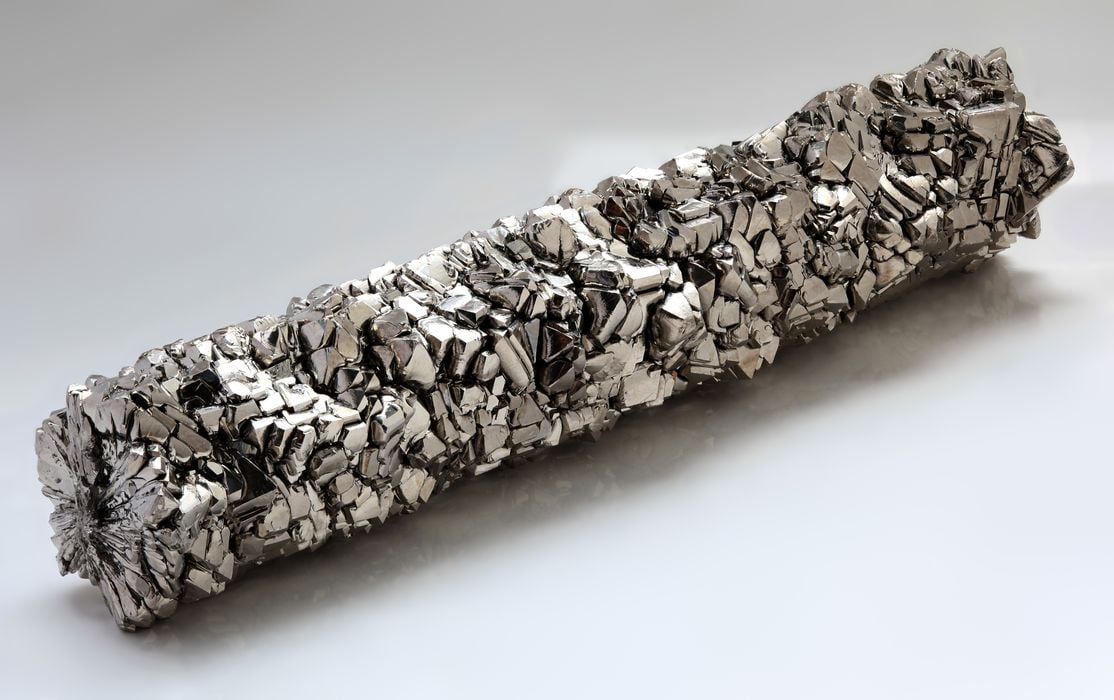
There may be big challenges ahead for metal 3D printing.
The war in Ukraine has been costly for the participants and many others, as severe economic sanctions have been imposed by the West on Russia and its allies. These sanctions are intended to punish the aggressors, but can also affect those implementing the sanctions.
In the world of 3D printing there are sure to be many effects. Like most industries, ours suffers from supply chain challenges, chip shortages and shipping complications, among other issues. However, there’s another skeleton in the closet waiting to cause more problems: titanium.
A report on Forbes describes the situation, which could be dire for those using titanium metal in additive manufacturing operations.
It turns out that Russia is one of the world’s major sources for titanium and derived materials. In fact, the world’s largest titanium producer is located just north of the Kazakhstan border, now sealed off from the rest of the world.
Titanium is highly valued in the additive manufacturing space because of its incredible properties. It’s a very strong metal, but also very lightweight. This makes it ideal for aerospace applications where weight is king.
Forbes points out that titanium is particularly important to the aerospace industry because it also resists galvanic corrosion, an effect that typically occurs when joining metal to carbon fiber structures. The carbon fibers are highly conductive, generating the corrosion when used with metals like aluminum. Titanium also just happens to have a thermal coefficient very close to carbon fiber, meaning assemblies of titanium and carbon fiber structures perform in a similar manner.
Titanium is often difficult to work with using traditional making processes, so 3D printing is seen as an important approach for producing unique parts for aerospace. Extremely lightweight aerospace parts are produced not only because of the lightweight titanium material, but also because of unusual geometry producible only in 3D printers.
Forbes said the Boeing 787 aircraft contains approximately 15% titanium alloys by weight, and some portion of that metal is 3D printed.
Titanium powder is therefore an important material for aerospace additive manufacturing.
With the sanctions now biting, it is unclear where powder manufacturers will source their raw titanium from which to make AM-suitable powder. At the very least they will have to organize alternative supplies that are still accessible, and this may even require more extensive use of recycling.
The other effect will surely be a price rise in the cost of titanium powder, which would in turn cause a rise in the price of 3D printed titanium parts.
For the aerospace industry this is not good news, as it will raise the price of their products. For other industries it just might invalidate business cases for the use of AM on certain parts.
It’s likely powder suppliers have existing stock of raw titanium that will service powder manufacturing for a while, but when stocks run out, things could get interesting.
It may be a good idea for metal additive manufacturing operations to stock up on titanium powder while they can.
Via Forbes

